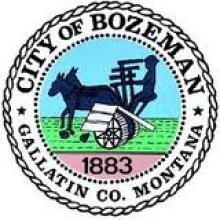Urban Renewal In Bozeman: Fiber Required!
Bozeman, Montana, continues to move forward toward a future of fiber optics connectivity. Last we checked in, the community had formed a nonprofit, Bozeman Fiber, to own and operate the community network, had started to secure private funding, and were well on their way to their end goal.
City leaders have now approved an update to the Downtown Bozeman Urban Renewal Plan to allow Tax Increment Financing (TIF) as a way to fund the project. This is an important step to ensure that the fiber infrastructure project maintains a sustainable funding source.
Amending the Plan
Ten years ago the city adopted an ordinance creating the Urban Renewal Plan and the TIF districts. The plan uses 9 principles to guide the development and growth of the community. City leaders approved amendments to the ordinance this past December to better prioritize the current needs of businesses and residents. The amendment in question would add the importance of fiber optics to the first principle, “Strengthen Downtown’s Economic Vitality.” Brit Fontenot, Director of Economic Development, described the necessity of the changes (from local news station KTVM):
"A lot of commerce happens downtown. It's not just art galleries and restaurants. We also have things like hardware stores and high-tech companies. In order to keep up with the demand downtown, we need infrastructure that can accommodate and, in this case, it's fiber optics."
Tax Increment Financing
By amending the ordinance, the city can more easily use TIF funding for the construction costs of the fiber network. The idea behind TIF is that a community can borrow against the future increases in the property tax revenue of the area where the particular project will be developed. We’ve reported on this funding method before: it has been considered in Sanford, Maine, and Wabash County, Indiana.
The Proposed Network



